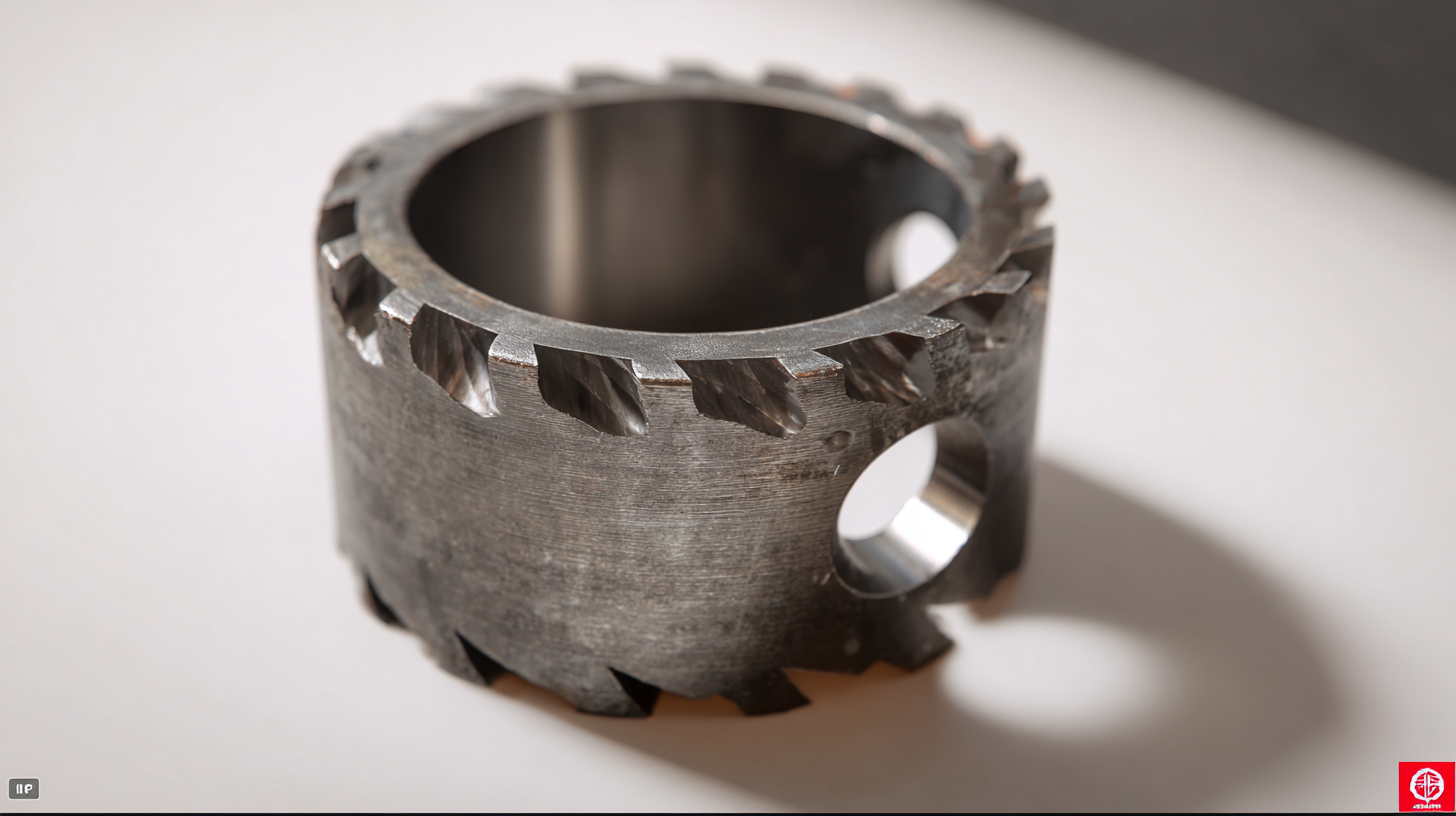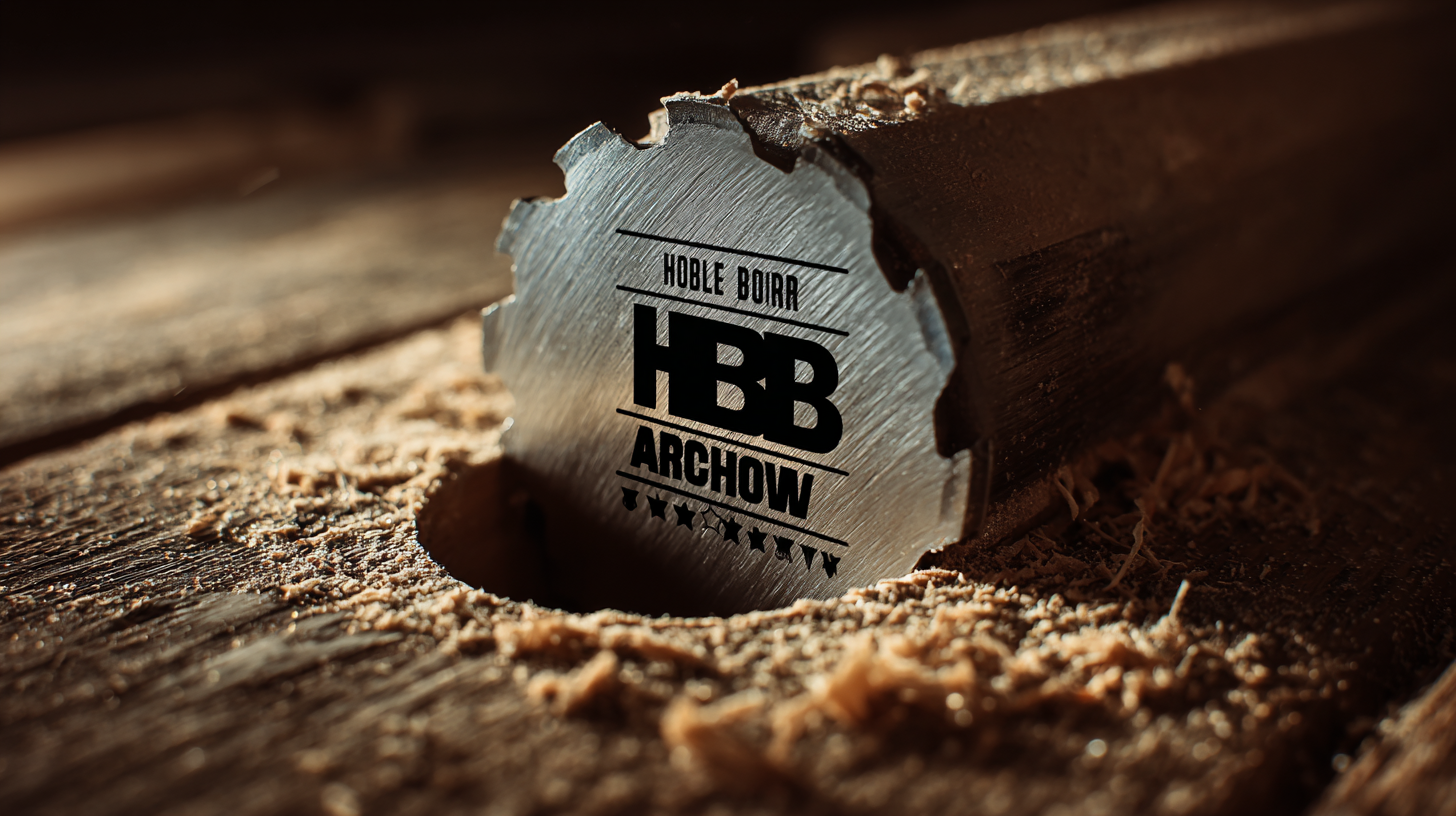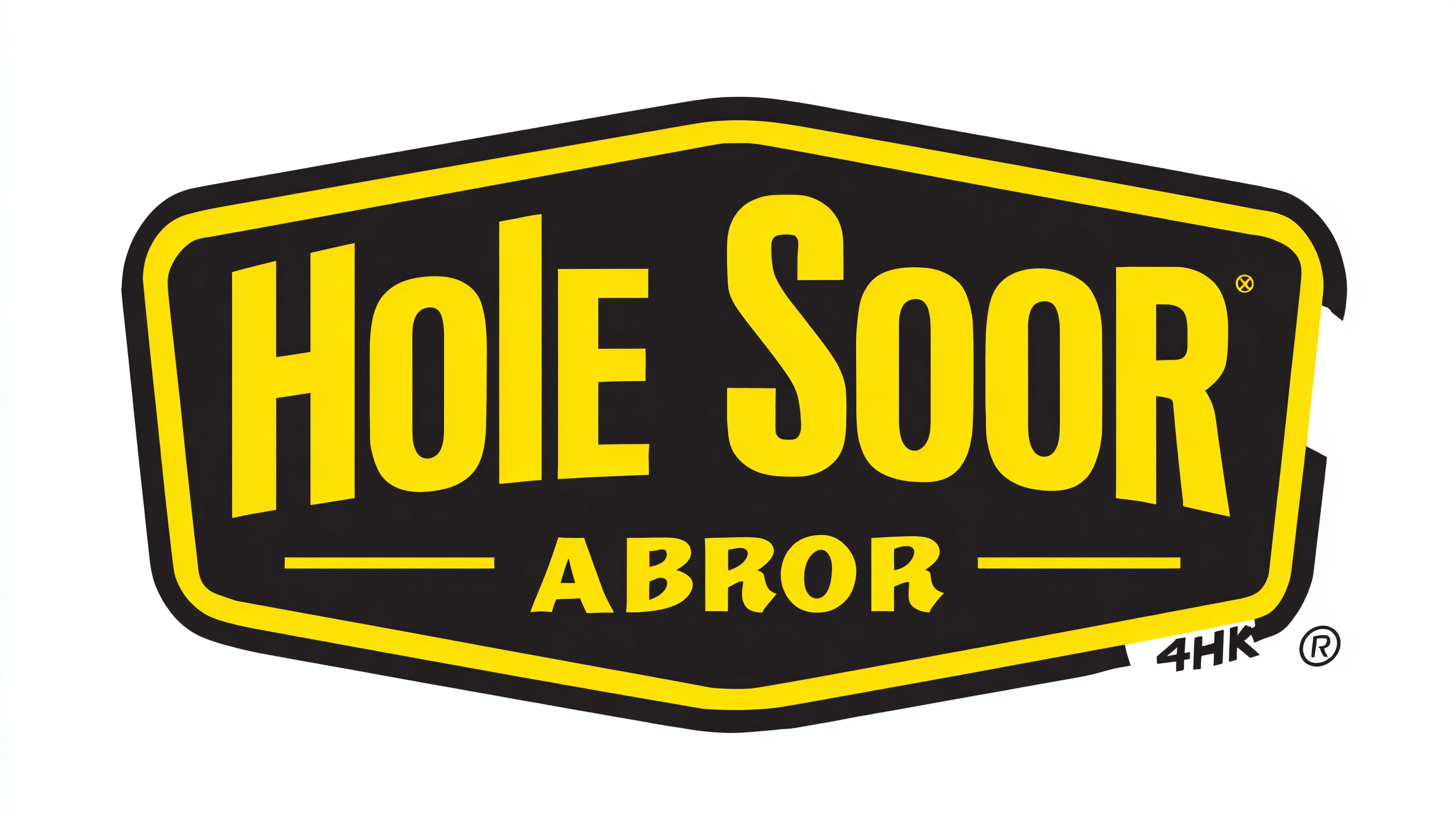Understanding Import Export Certifications for Best Hole Saw Arbor with Step by Step Tutorial
In the world of woodworking and metalworking, the importance of high-quality tools cannot be overstated, especially when it comes to achieving precision in cuts. One essential piece of equipment that often gets overlooked is the Hole Saw Arbor. This component acts as a bridge between your drill and the Hole Saw itself, ensuring that the cutting process is efficient and effective. However, understanding the relevant import-export certifications for the best Hole Saw Arbor can be daunting for both hobbyists and professionals alike. In this blog, we will demystify the complexities surrounding certification requirements and provide you with a step-by-step tutorial on how to navigate the process smoothly. Whether you are looking to source premium Hole Saw Arbors from overseas or ensure compliance with local regulations, our comprehensive guide will equip you with the knowledge you need to make informed decisions and elevate your projects.

Key Import Export Certifications for Hole Saw Arbors: A Comprehensive Guide
When navigating the global market for best hole saw arbors, understanding the necessary import and export certifications is crucial for ensuring compliance and enhancing product credibility. Certifications such as ISO 9001 and CE marking not only demonstrate adherence to international quality standards but also play a significant role in attracting customers and facilitating smoother transactions across borders. According to a recent industry report by MarketsandMarkets, businesses that prioritize these certifications are 30% more likely to gain competitive advantages in international markets.
Obtaining these key certifications can seem daunting, but following a structured approach can simplify the process. Start by conducting a thorough assessment of the regulations in your target export markets, which often vary significantly. Utilize resources like government trade departments or industry associations to gather this information. Additionally, many manufacturers find it beneficial to consult with certification bodies early in the process to avoid potential pitfalls and streamline their certification journey.
**Tip:** When preparing for certification, ensure that all product documentation is meticulously organized and readily available. This includes product specifications, manufacturing processes, and quality control measures. Accurate and comprehensive records can expedite the certification review process, potentially saving time and costs. Moreover, consider ongoing training for your team on compliance standards to maintain high standards throughout production.
Understanding Import Export Certifications for Best Hole Saw Arbor
| Certification | Issuing Authority | Purpose | Validity Period |
|---|---|---|---|
| ISO 9001 | International Organization for Standardization | Quality Management Systems | 3 years |
| CE Marking | European Commission | Product Safety and Health Regulations | Varies by product |
| UL Certification | Underwriters Laboratories | Safety Standard Compliance | 1 year |
| RoHS Compliance | European Union | Restriction of Hazardous Substances | Ongoing |
| ANSI Certification | American National Standards Institute | Standards for Products and Services | 3 years |
Understanding the Importance of Compliance in Importing Hole Saw Arbors
When it comes to importing hole saw arbors, compliance with import export certifications plays a crucial role in ensuring the product meets safety and quality standards. These certifications are essential for reducing the risk of legal issues and financial losses that can arise from non-compliance. Importing businesses must understand that adhering to these regulations not only facilitates a smoother import process but also bolsters their brand reputation among consumers who prioritize quality and safety.
Moreover, having the right certifications can open doors to new markets and customers. In many regions, compliance with international standards is not just a best practice but a regulatory requirement for selling imported products. Businesses that prioritize compliance demonstrate a commitment to quality, which can enhance customer trust and loyalty. As the market for tools and hardware continues to expand, navigating the complexities of import regulations becomes increasingly important for companies striving for success in a competitive landscape.

Step-by-Step Tutorial: How to Apply for Import Export Certifications
When diving into the world of import and export certifications for best hole saw arbors, understanding the application process is crucial. This step-by-step tutorial will guide you through acquiring the necessary certifications, ensuring your products meet international standards. Begin by familiarizing yourself with the specific certifications required for your region and industry. Research organizations that provide these certifications, including their requirements and processes.
Next, gather all necessary documentation, such as commercial invoices, product specifications, and any previous certifications your products may hold. Completing these documents accurately is vital, as any discrepancies can delay certification approval. After organizing your materials, submit your application to the appropriate certification body. Be prepared for potential inspections or tests, as these evaluations are often part of the certification process. Keeping clear and open communication with the certifying agency will help address any questions or issues that may arise, streamlining your path to certification. Following these steps diligently will put you on the right track to successfully obtaining import and export certifications for your hole saw arbors.
Import Export Certifications Overview
Common Pitfalls in Import Export Certification: Tips to Avoid Mistakes
Navigating the import-export certification landscape can be challenging, and many businesses inadvertently fall into common pitfalls that could have been avoided with better knowledge and preparation. One of the most prevalent mistakes is misunderstanding Incoterms, which define the responsibilities of buyers and sellers in international transactions. Failing to correctly select and apply these terms can lead to miscommunication, unexpected costs, and disputes down the line.
Another frequent error occurs during the documentation process. Many exporters fail to ensure that their paperwork meets the specific requirements of the destination country, leading to delays or even the rejection of shipments. It’s crucial to pay attention to details like customs declarations and compliance documents, as omissions or inaccuracies can create significant obstacles. Moreover, a lack of awareness about regional regulations, such as the CUSMA agreement for trade between Canada, the U.S., and Mexico, can also result in costly errors. By staying informed and meticulous, exporters can navigate these challenges more efficiently and enhance their chances of success in the global market.

Real-World Examples of Successful Hole Saw Arbor Certifications
When it comes to ensuring the best quality for your hole saw arbor, understanding the various import/export certifications can make a significant difference. Real-world examples illustrate how companies navigate the certification process to succeed in the competitive marketplace. For instance, one manufacturer faced challenges with compliance but ultimately thrived by obtaining ISO 9001 certification, paving the way for international sales and establishing trust with their customers.
One key tip for businesses seeking certifications is to stay organized throughout the documentation process. Create a comprehensive checklist of required documents and deadlines. This can be instrumental in smoothing out any complications that arise. Additionally, consider seeking expert advice or consulting services that specialize in import/export certifications. Their insights can streamline your approach and help avoid common pitfalls.
Another successful example is a small company that utilized CE marking to expand into European markets. By investing in quality assurance procedures, they not only met certification requirements but also improved product reliability. This strategic move not only increased their market share but also enhanced their reputation globally. Remember, compliance is not just about meeting standards; it's an opportunity to improve your process and product quality.